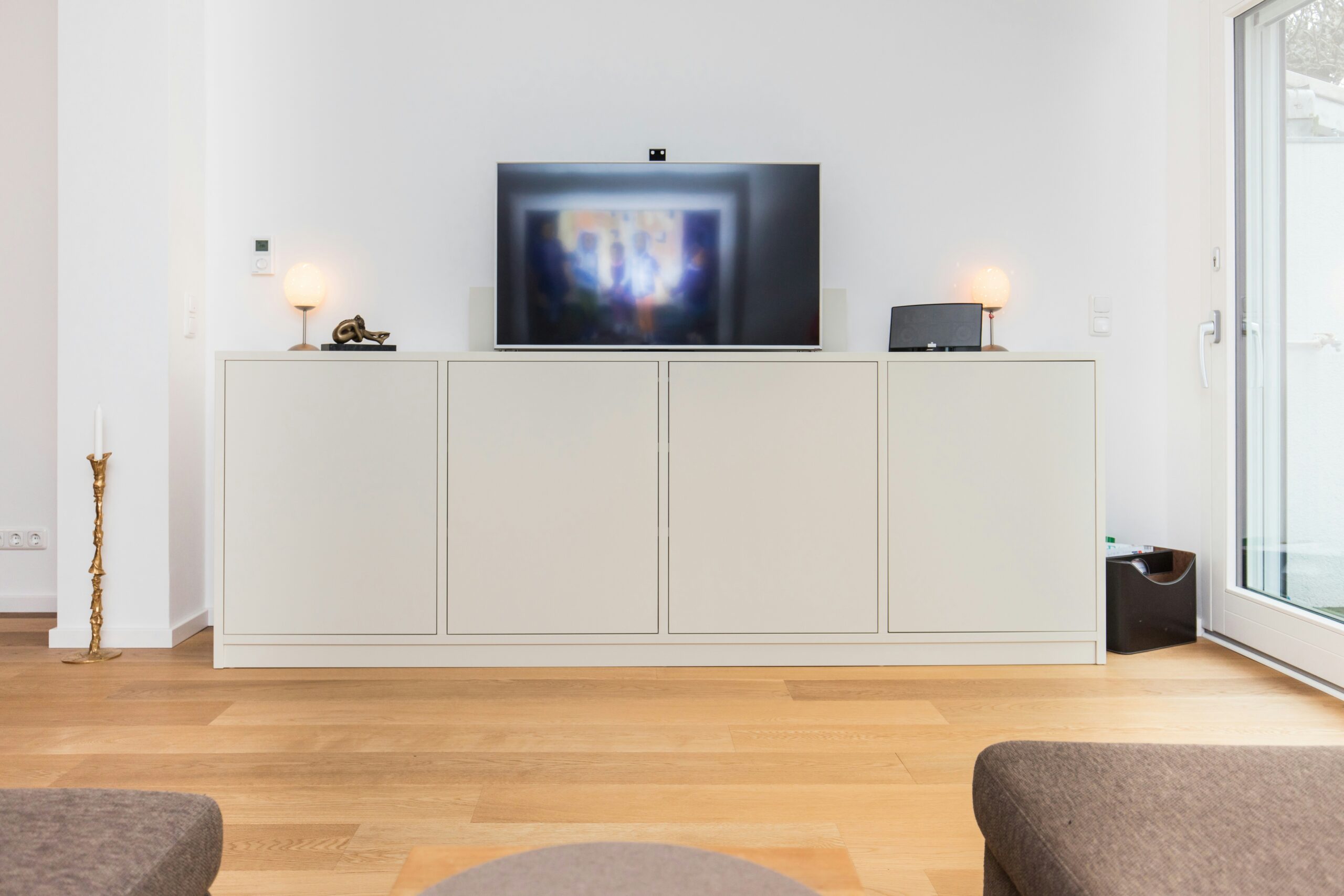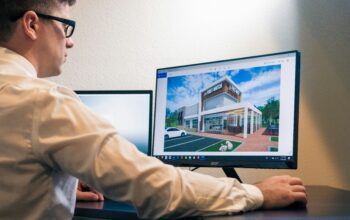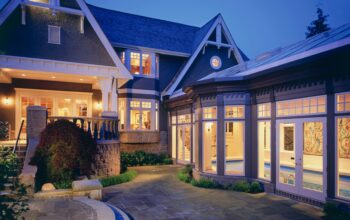Uzone.id – Imagine waking up to the subtle glow of natural light as the blinds automatically open, your favorite playlist begins to play, and the temperature is set perfectly in line with your morning routine. It’s not a far-fetched dream anymore; it’s today’s reality and has the power to change the way home design is thought of.
In the last few years, smart homes have been leaving luxury niches to become accessible lifestyles for many. With the fast development of technology, architects, and designers are now looking at integrating smart features into the very core structure of a home. Building spaces that are connected, efficient, and more personalized than ever before.
The Increasing Requirement for Living in Smart Spaces
The demand for smart homes is at an all-time high, mostly by people between 25 and 45 years old. This cosmopolitan population, living in major centers, is highly tech-savvy and appreciates the idea of homes that work proactively toward their comfort. Today, with some crucial tasks controlled by handheld devices, a fully integrated smart home ecosystem feels like a natural progression.
Homeowners today are no longer looking for mere pretty spaces; they demand homes that work for them. It could be energy-efficient lighting, automated security systems, or voice-controlled home appliances that make life easier and more convenient, as well as sustainable. The incorporation of such features is the premise on which architects set out to change the very definition of modern living space.
Smart Architecture: Beyond the Gadget
It’s easy to focus on the gadgets when we’re talking about smart homes: the sleek thermostats, connected refrigerators, and smart speakers. But the real revolution is taking place behind how modern architecture is evolving to seamlessly incorporate this technology. Architects no longer just add devices; they rethink how to build smart homes.
For example, room layouts are now optimized for energy use. There are windows that allow natural light to reduce artificial lighting, and smart thermostats adjust the room’s temperature based on occupancy. Kitchens now feature touchless faucets, refrigerators that monitor your groceries, and countertops that wirelessly charge devices. In the bathroom, a smart mirror displaying news, weather, or your schedule might simply make routines easier.
This holistic approach ensures that smart architecture isn’t just about flashy gadgets but a complete rethinking of how we live.
Sustainability at the Core
One of the greatest advantages of smart home technology is its ability to minimize energy use and reduce carbon footprints. Indeed, energy-monitoring systems in modern homes provide real-time data on energy consumption. This way, homeowners can make informed decisions on energy use, for instance, automatically regulating heating and cooling systems depending on building occupancy or outside weather conditions.
Further, the rise of solar panels connected to smart grids heralds the age in which households independently generate and store power. Some homes even sell surplus energy back to the grid, acting like small-scale independent power plants. Other technological advancements that play a role in making a home sustainable include water-conserving technologies like smart irrigation systems and showers that regulate water flow.
Architects are blending sustainability principles with smart technology to design homes that meet human needs and safeguard the environment.
Smart Security for Modern Homes
Home security has been taken to the next level by smart technology. It is no longer the era of simple locks and alarms. Today’s smart homes come with features like facial recognition doorbells, cameras triggered by movement, and sensors that give real-time alerts on your phone when something unusual is detected—whether you’re across the street or around the world.
Inside the home, smart security systems also help create a safer environment. From smoke detectors to carbon monoxide sensors and water leak detectors, these can be tied into a centralized hub that instantly alerts you to any potential danger.
Comfort and Customization: Making Your Space Uniquely Yours
One exciting aspect of smart homes is their ability to adapt to personal preferences. Imagine coming home after a long day, and your house adjusts itself to your liking. Smart lighting systems can change color and brightness—whether for a cozy evening or a productive afternoon. Smart thermostats also learn your daily habits and adjust the temperature without wasting energy.
Voice-controlled assistants like Amazon Alexa or Google Home act as a unifying point for all of these technologies. With simple voice commands, you can lock doors, turn off lights, adjust the temperature, or start your coffee maker—all from the comfort of the couch.
The Future of Smart Homes
As technology evolves, the future of smart homes grows more promising. Architects and designers are exploring ways to embed AI and IoT into the fabric of our homes. Soon, we may see homes that can self-maintain or adjust dynamically based on weather conditions or even the mood of the homeowner.
Finally, smart homes are revolutionizing architecture. It’s more than just convenience; it’s about sustainability, security, and meeting individual needs. Smart technology in home design is no longer optional but an integral part of building for the future.













